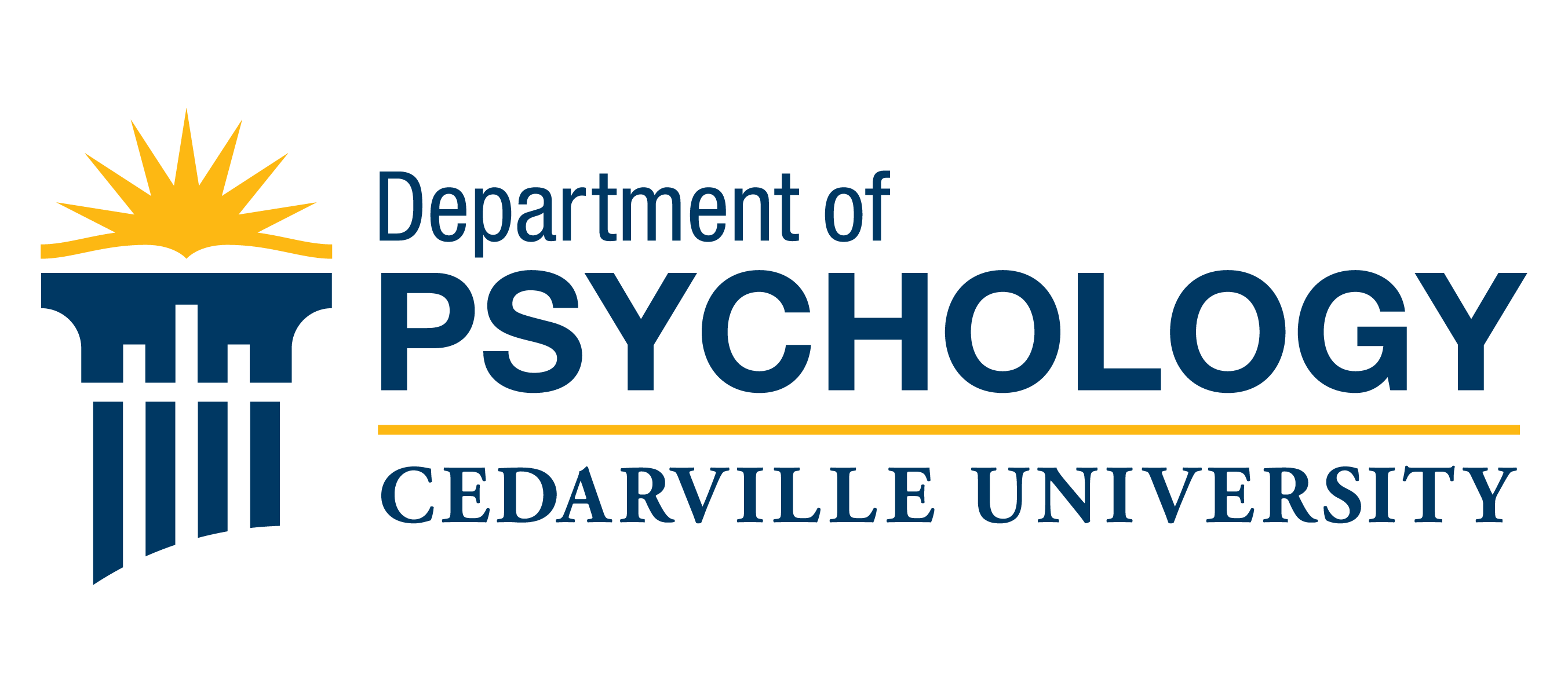Psychology Faculty Publications
Qualitative Perspectives of an Animal-Assisted Therapy Program
Document Type
Article
Publication Date
10-2016
Journal Title
Alternative and Complementary Therapies
Volume
22
Issue
5
First Page
204
Last Page
213
DOI
https://doi.org/10.1089/act.2016.29073.mwf
Abstract
Background: Recent literature suggests that animal-assisted therapy (AAT) has shown significant results for a variety of clinical populations. However, little is known about how clinicians involved in using AAT frame their practices, understand their roles among other human-service providers, and perceive success when providing AAT services.
Objective: The goal of this study of AAT providers was to begin a process that could eventually lead to more a broad and national assessment of AAT professionals.
Materials and Methods: In-depth interviews were conducted with 14 AAT therapists working on a therapeutic ranch in the U.S. Midwestern states. The study examined phenomenological understanding of the therapists' roles, goals of the facility, and how the therapists viewed success. Participants outlined the goals of AAT programs, explained what they hoped clients learned through the therapy process, and shared their perceptions regarding success in AAT (highlighting the importance of tangible behavior change, clients' perceptions of their own accomplishments, and parents' cogent impact on the longevity of success), and described necessary characteristics of therapists who pursue work in AAT. The study's findings are related to previously published research regarding AAT and potential benefits and limitations are provided in this article for practicing clinicians who consider utilizing AAT.
Results: Six potential effects that AAT could have include: (1) positive behavior patterns, (2) trust, (3) caring for others, (4) empathy, (5) cooperation and responsibility, and (6) unexpected benefits. Success with AAT was defined as (1) seeing client behavioral changes, (2) clients processing feelings effectively, and (3) providing clients with an overall sense of accomplishment. Characteristics needed for therapists interested in AAT were identified as (1) an intrinsic motivation for job satisfaction, (2) an open and vulnerable personality, (3) commitment to the job, and (4) flexibility in working with clients.
Conclusion: AAT can work when conventional talk therapy fails, is effective at holistic levels, and can be applied at multiple treatment locations. However, AAT is not for all licensed clinicians, requires specific personality characteristics, is not the best choice for all clients, and requires appropriate animal–client matches. Future research could explore regional preferences for specific animals, comparisons of facilities that use various kinds of animals. The current study should be replicated in other AAT milieux.
Keywords
Animal-assisted therapy (AAT), qualitative research, behavioral changes, clinical psychology, benefits, limitations
Recommended Citation
Firmin, Michael W.; Brink, Jennifer E.; Firmin, Ruth L.; Grigsby, Megan E.; and Trudel, Janna Foster, "Qualitative Perspectives of an Animal-Assisted Therapy Program" (2016). Psychology Faculty Publications. 196.
https://digitalcommons.cedarville.edu/psychology_publications/196



